There are many different sizes and lengths of blades and clipper guards. If you’re a home groomer, you may have lots of questions on this subject. Now, there are some misconceptions about the different blades and blade lengths. In this article, we hope to educate home groomers on proper clipper blade/guard usage. We will also discuss the different clipper guards (also referred to as “attachments”), how to use them on the clipper, and how they work. We will also go over best blades for dog grooming at home and why some blades and attachments are safer than others.
Table of Contents
- How to Attach a Blade to the Clipper
- Blade Safety
- Should You Use a Blade Without an Attachment?
- Can You Injure a Dog Using an Attachment?
- Danger Spots on a Dog
But first, if you haven’t already seen our article on the Best Clippers, Blades, and Clipper Guards for Doodles, be sure to check out that page now. In that article, you will learn all about clippers, blades, and clipper guards. You will also learn about recommended products, some of which are referenced in this article.
How to Attach a Blade to the Clipper
Turn your clipper on before you push the blade into place. Sometimes a blade will not attach properly and will make a clattering sound. A properly attached blade will not make any noticeable sounds.
Once the blade is on properly, you can touch it to your skin and you won’t get cut or feel any pain.
Blade Safety
Blade safety is an important topic when it comes to grooming your dog. In this section, we will cover blade safety, safest and least safe blades to use, and the danger spots on a dog.
Just so you understand a little bit of the anatomy of the blade, the cutter blade that moves back and forth is the only part of the blade that is sharp and cuts the hair. The outer guard teeth are not sharp and are only there to set the length to which the blade will cut. The outer guard teeth act as kind of a mini version of a guard comb.
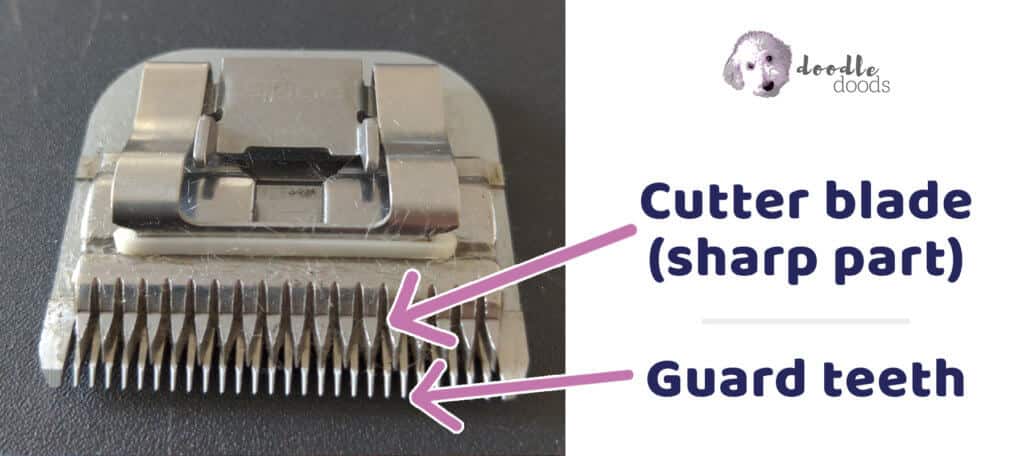
Safest Blades to Use
The only time that a blade will actually cut skin is if skin gets in between the teeth and reaches the cutter blade. The closer together the teeth are, the less likely that is to happen.
Safe: #30 and #10 Blades
#30 and #10 blades have teeth that are very close together, which minimizes the risk. However, the #10 blade is a little bit safer than the #30 because there’s a bigger gap between the tip of the cutter teeth and the tip of the guide teeth. Nonetheless, these blades are super short which means there’s still a small chance of injury.
Safer: #5 and #4 Blades
On the #5 and #4 blades, the teeth are wider apart than the #30 and #10 blades. However, since #5 and #4 cut hair to a length of 1/4-inch and 3/8-inch respectively, it is harder to get a piece of skin down that far.
Not Safe: #7 Blade
The #7 blade is a little bit longer, but because the teeth are so wide apart, it makes this blade very risky to use. It is very easy to get a flap of skin between the teeth and all the way to the blade with a #7.
Some of the worst injuries groomers see are caused by this blade. As such, we do not recommend using a #7 unless you are very familiar with clipping a dog, are very comfortable and confident handling a clipper, and know the danger spots on a dog.
Super Dangerous: Skip Tooth Blades
Never use blades that are skip tooth-style! These are very risky as they have very large gaps between the guard teeth.
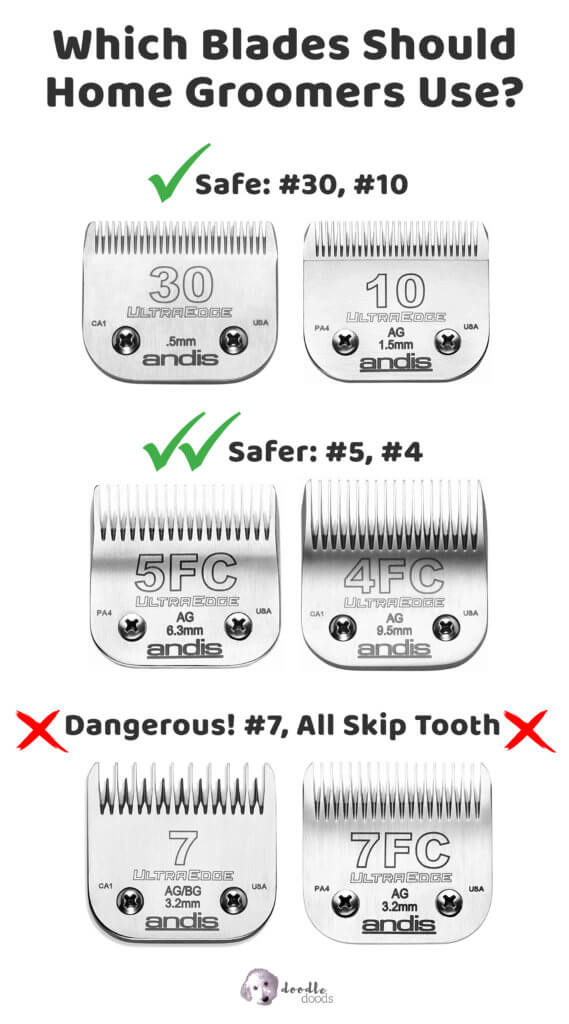
Should You Use a Blade Without an Attachment?
Many people are afraid to go with a blade without an attachment. However, the difference in safety is not significant, especially when using a #4 or #5 blade. Know that you can use these safely on bare skin.
Don’t be afraid of blades, with the exception of the #7 blade.
If your dog is matted, definitely do not try to use an attachment comb. The #5 blade is probably your best bet, as long as you can get a #5 blade under the mats. If you can’t get a #5 blade under the mats, unfortunately you’ll need to go down to a #10 blade to shave your dog.
Can You Injure a Dog Using an Attachment?
A common misconception is that you cannot cut (injure) a dog if you’re using an attachment. Unfortunately, that is not true. The guard combs are there to set the length of the hair, not to prevent a dog from being cut.
For example, let’s look at these attachment combs:

You can see how wide apart the teeth are and how easy it would be for a piece of skin to get in between them.
Yes, it’s more difficult to cut a dog with something like this than, say, with a #7 blade, especially if using a safe blade like the #30 under the attachment. However, professional groomers would say that a 1/16-inch attachment is significantly riskier than, say, a #4 blade by itself.
Now, the longer you go up in the attachment combs, the less likely it is that you will injure your dog. However, it is still possible for a piece of loose skin to make its way all the way down, even with one of the longer attachments.
So know that just because you’re using an attachment comb, it is still possible to cut your dog.
Danger Spots on a Dog
You won’t cut your dog if using safe blades, but you do want to be careful of certain areas on the dog, including:
- Armpits
- Groin
- Flank
- Back of the legs (Achille’s tendon area)
- Neck
- Anywhere there’s a loose flap of skin (jowls)
- Bony areas
You really want to be mindful of these areas. Make sure the skin is smoothed out or stretched out before running the clipper over it. You really just want to avoid getting loose skin between the teeth and down to the cutter blade.
Best Blades for Dog Grooming at Home
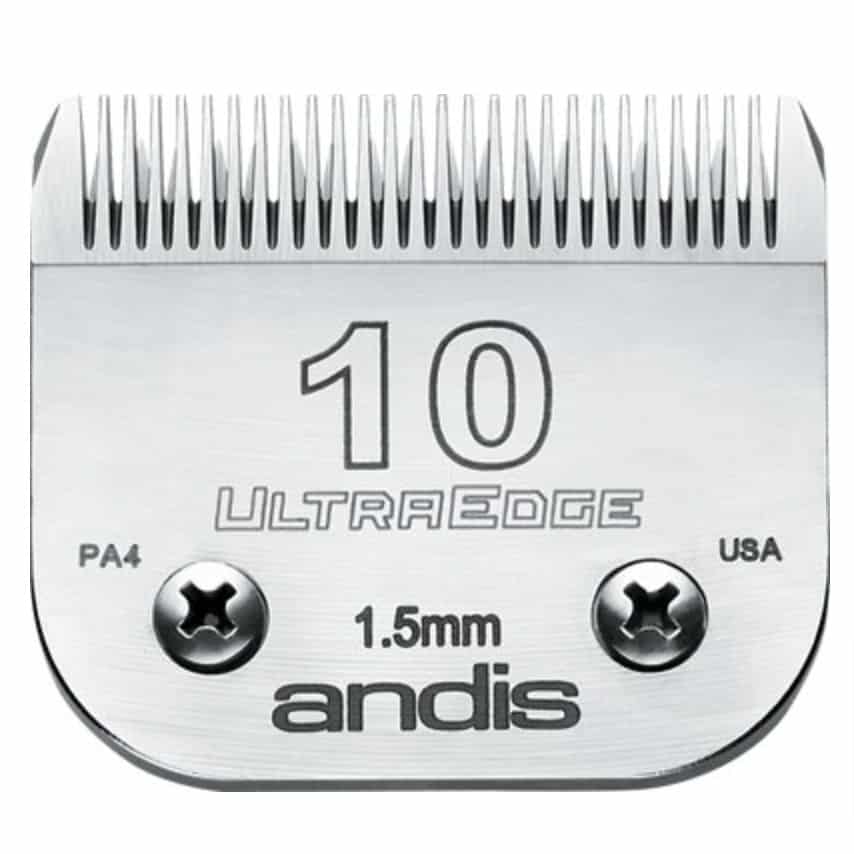


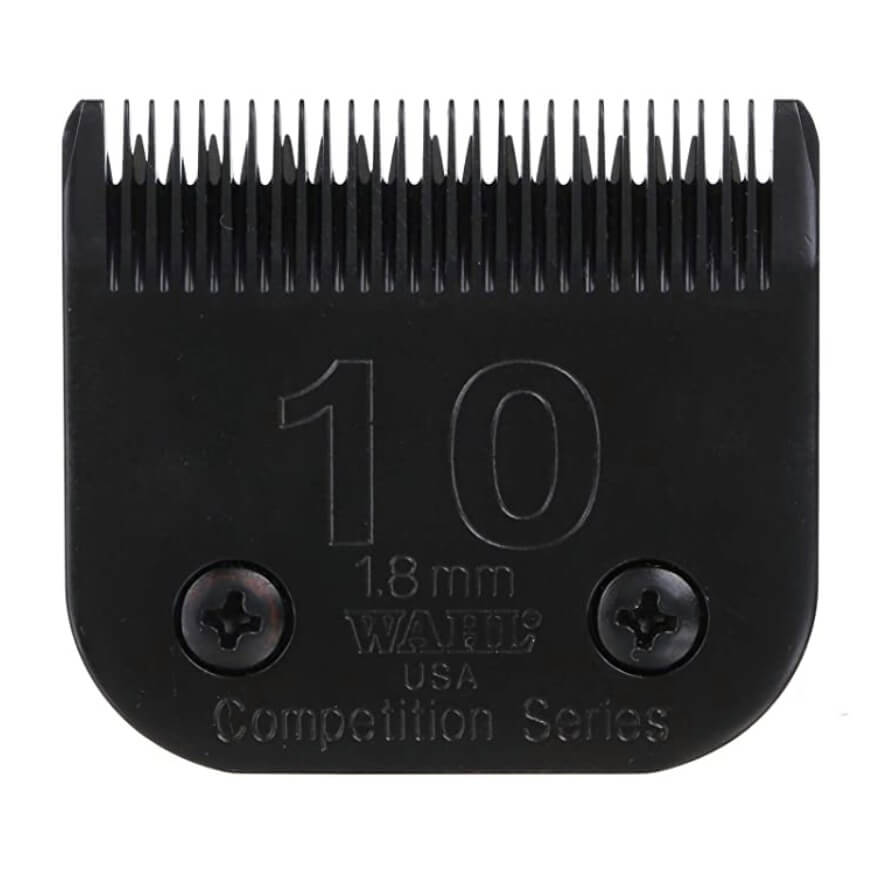
#30 Blade
You should not use a #30 blade by itself on your dog. Show groomers might use it for Poodles in show, but it isn’t something you would want to use on your pet dog.
But if you are keen on keeping your Doodle’s hair long with clipper guard attachments, the #30 is the best blade for use under them.
A #30 or a #10 blade will work under your attachments, though pro groomers prefer the #30 blade because it doesn’t stretch out the springs on the attachments as much as a #10 does. This will make it so your attachments last longer. You will also get a smoother cut that’s truer to the length of the attachment with the #30 (versus the #10 blade).
#10 Blade
Pro groomers don’t recommend using a #10 blade by itself on the whole body of a dog. Rather, a #10 should be used to clip areas such as the sanitary area, belly, groin, inside of the ear flaps, and between the paw pads. The only exception is if the dog is super matted and a longer blade (like a #5) won’t suffice – in this case, using a #10 blade for an all-over shave down is appropriate.
If it comes to this, be aware of the risk of skin irritation and sunburn. Either put a shirt on your dog when they go outside, or apply dog-safe sunscreen.
#5 and #4 Blades
If clipping your dog down short, we recommend going with the #5 or #4 blade. These blades will give your dog a nice, plush finish. These will also leave them with some coverage to protect them from the sun.
The #5 will clip to 1/4-inch and the #4 will clip to 3/8-inch.
Proper Blade/Attachment Comb Usage
When you are clipping your dog you should use the proper clipping technique. Specifically, you always want to have the flat part of the blade or attachment comb in contact with the skin. You’re going to get the smoothest cut this way. Clip along the skin going with the grain of the hair and clip following the contour of your dog’s body.
What you DON’T want to do is try to control the length by hand. If you want a longer cut, don’t try to float the clipper between the hair in the skin in a way that ‘skims’ the top of the hair off.
In other words, use a longer attachment if you want to keep the hair long. Skimming is a technique that some groomers will use for sculpting, but this takes an extremely steady hand, a lot of practice, and a dog that is willing to stand there like a statue. If you try skimming, you’ll probably end up with a choppy hairdo because the minute your dog moves, you’ll put a dent in their coat.
Long story short, let the blade or attachment do the work for you. Use them the way they’re meant to be used, and size them up if you want a longer haircut.
We hope this helps to clear up some confusion and misconceptions on blade safety and answers the question of best blades for dog grooming at home.
Want to Learn
DIY Doodle Grooming?
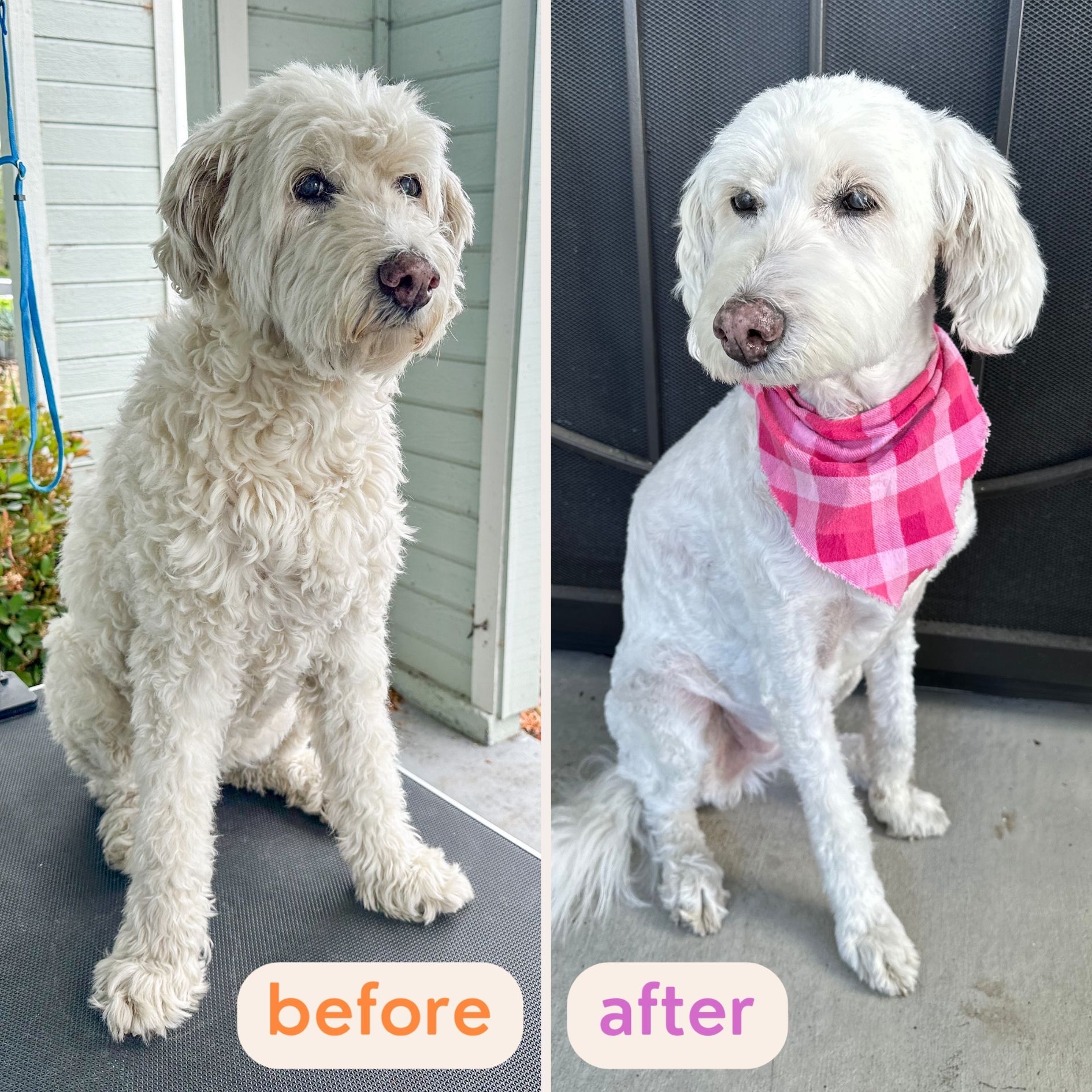
 “Every concern and question I had now has clear, practical solutions.” – Paula D.
“Every concern and question I had now has clear, practical solutions.” – Paula D.
 “These lessons have provided tremendous amounts of information.” – Steve B.
“These lessons have provided tremendous amounts of information.” – Steve B.
 “Buy the course and complain about how easy it is!” – Chris S.
“Buy the course and complain about how easy it is!” – Chris S.
Learn How To Groom Your Doodle At Home…
Safely…And Without Confusion:
The information on this page is for informational purposes only. It is not intended to be a substitute for professional groomer advice. Always seek the advice of your groomer, veterinarian, or other qualified animal health provider with any questions you may have.

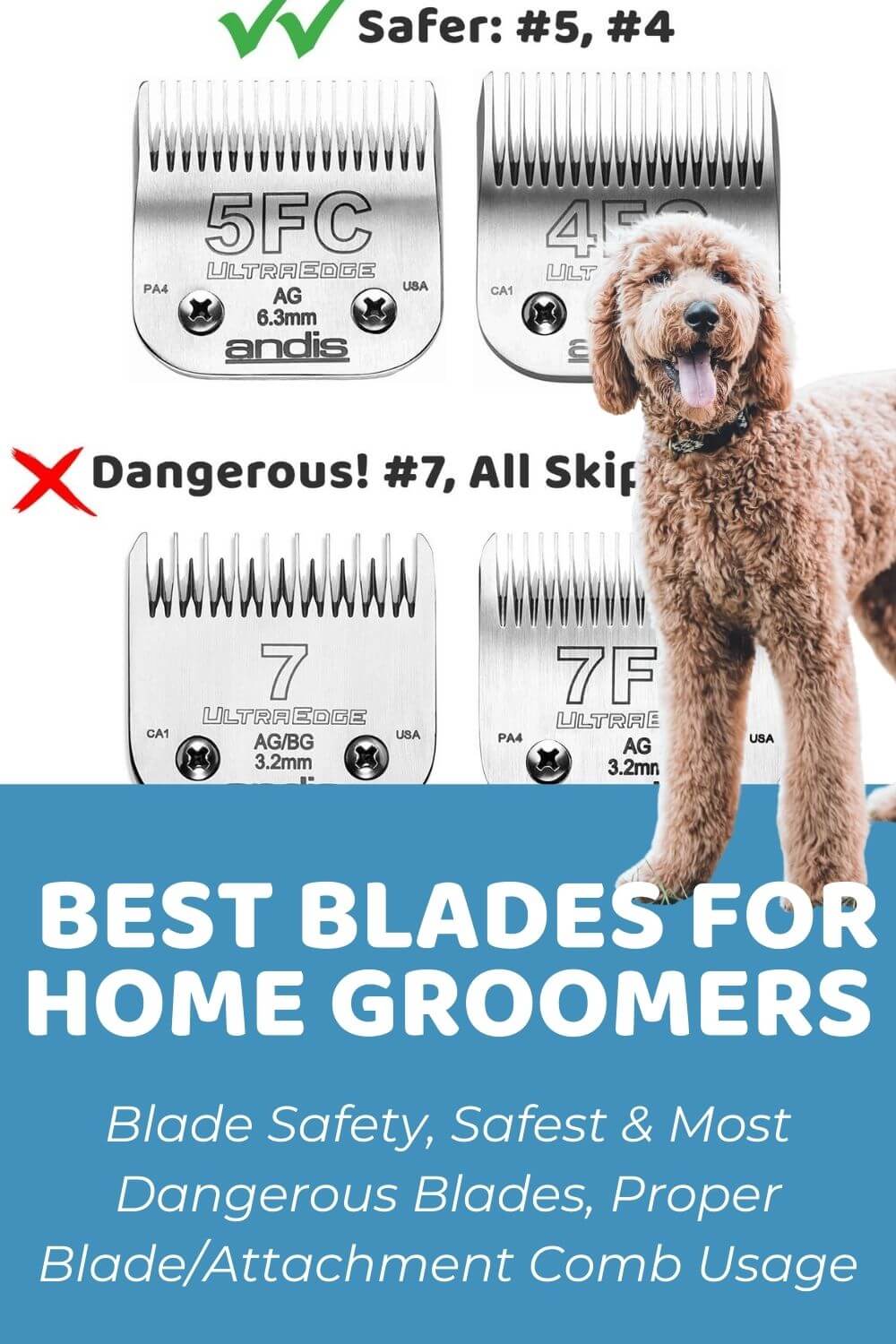

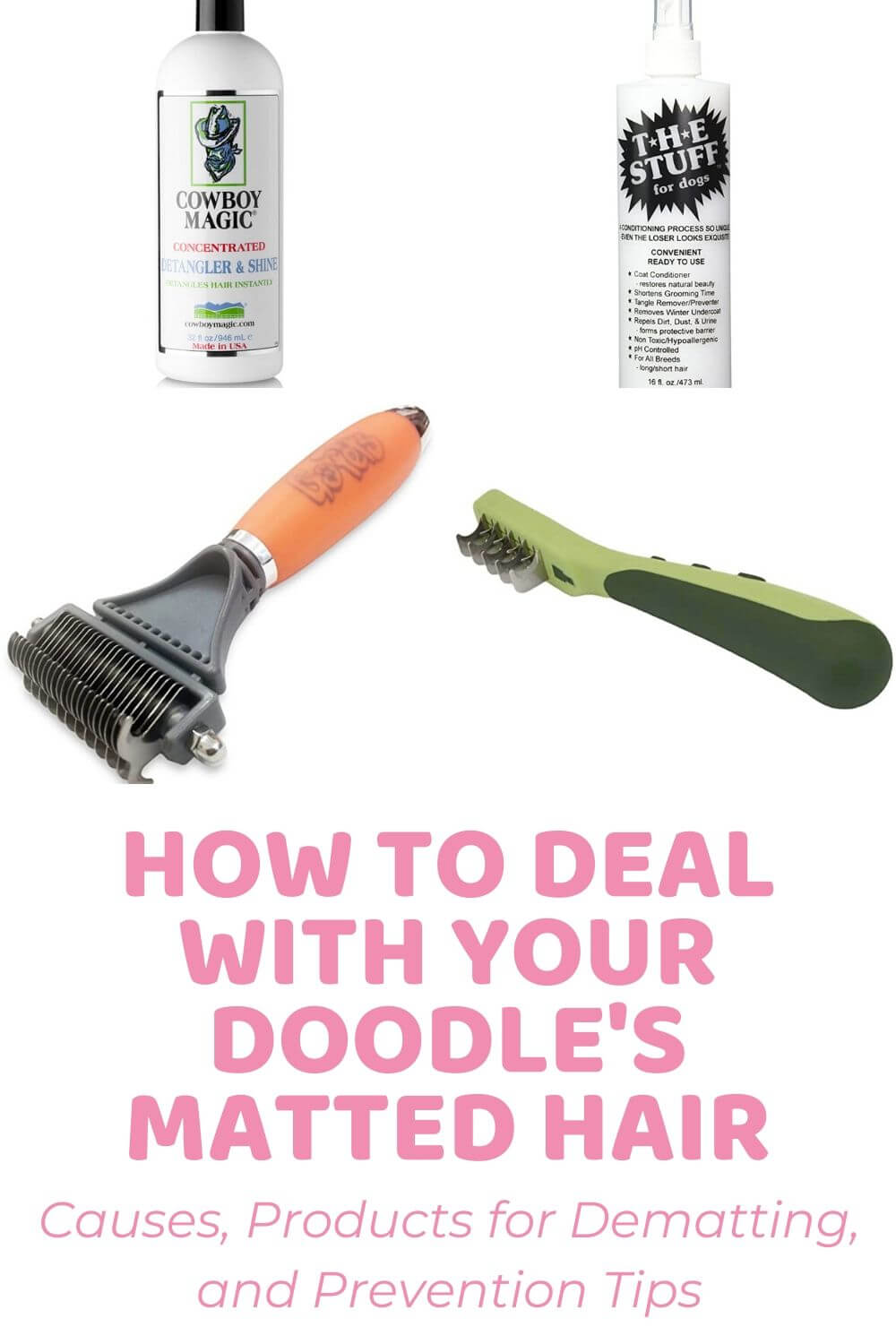
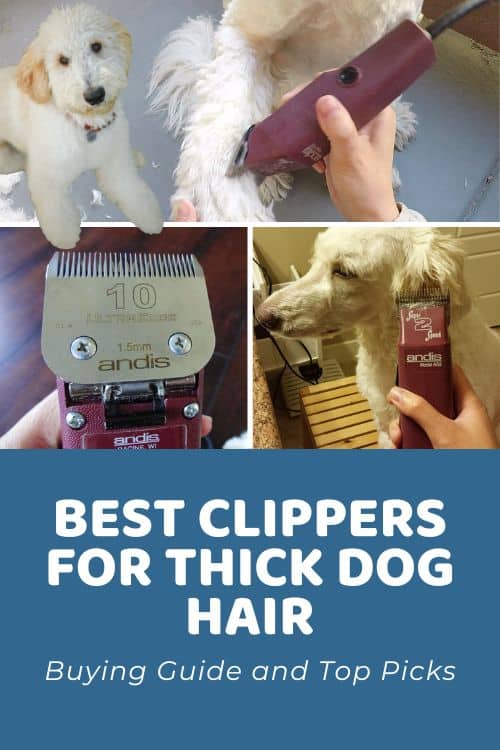
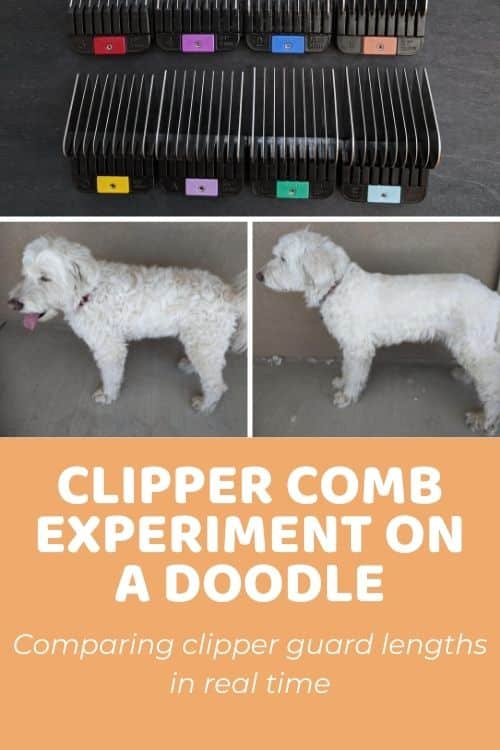
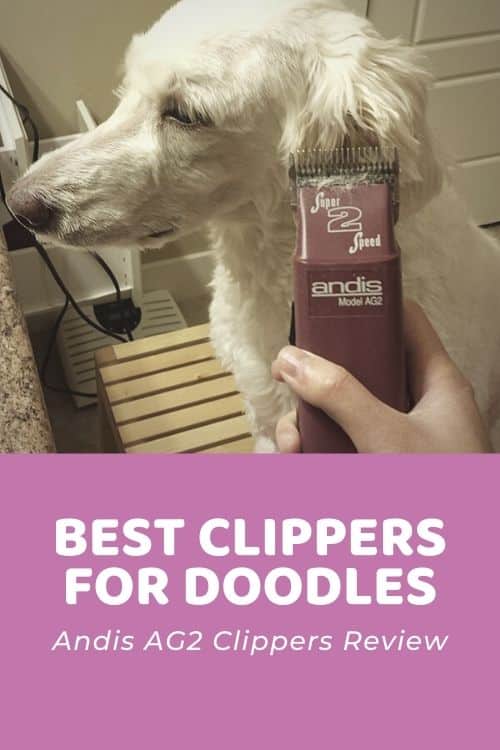
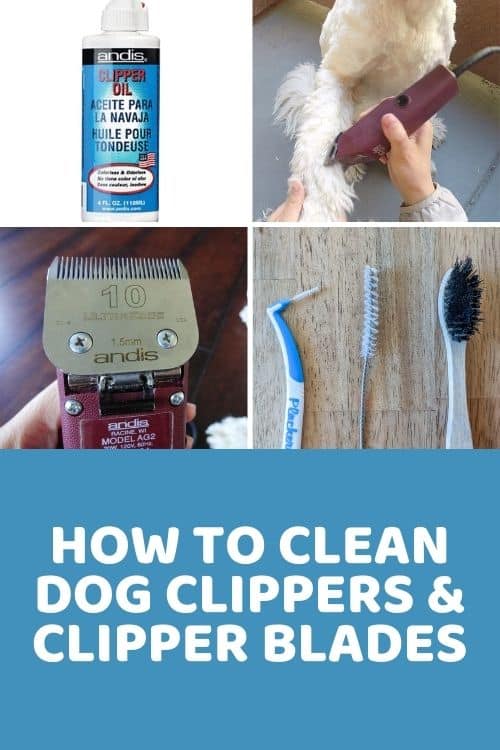


Thank you for sharing grooming tips, and areas on our doodles that are sensitive. I love you posts!
November 3, 2021 at 3:56 pm